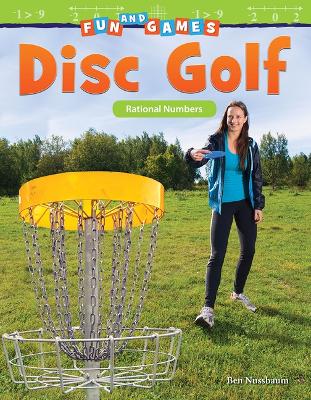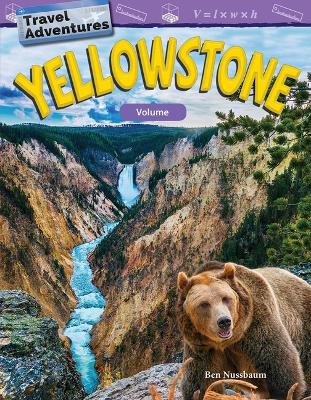Mathematics Readers
3 total works
Join Elizabeth and Zachary as they celebrate their birthday at an amusement park. Along the way, find out more about the different types of roller coasters. These rides use lifts, twists, loops, and gravity to deliver big-time thrills. Learn everything you've ever wanted to know about roller coasters as you practice dividing fractions. This book seamlessly integrates the teaching of math and reading, and uses real-world examples to teach math concepts. Text features include images, a glossary, an index, captions, and a table of contents to build students' vocabulary and reading comprehension skills as they interact with the text. The rigorous practice problems, math charts and diagrams, and sidebars extend learning and provide multiple opportunities for students to practice what they have learned. The Math Talk section provides an in-depth problem-solving experience.
The sport of disc golf is fairly new, but it's exploding in popularity. Similar to golf, participants throw flying discs into target baskets. Learn rational numbers as you read about this up-and-coming sport. Packed with factual information and high-interest content, this fiction math book uses real-world examples of problem solving to build students' math and reading skills. Let's Explore Math sidebars feature math questions that challenge students to develop their math skills. A problem-solving section at the end of the book prompts students to reflect and apply what they've learned. Demystify math with this leveled book that makes learning math fun and accessible for kids ages 10-12 and appeals to reluctant readers.
Yellowstone National Park is filled with many beautiful sights. But, it is also a bizarre and dangerous place! Underground heat melts roads. The ground shakes with earthquakes. Small, bubbling pools are ringed with strange yellow and orange water. Geysers shoot into the air. Yellowstone is full of contradictions. It's wild, but it is also carefully managed and under control. Learn all about this beloved national park with this nonfiction book that combines math and literacy skills and uses everyday examples of problem solving to teach subject area content. The full-color images, math charts and diagrams, sidebars, and practice problems make learning to measure volume relevant and fun. Text features include a table of contents, glossary, and index to increase understanding of math and reading concepts. An in-depth problem-solving section provides additional learning opportunities while challenging students' higher-order thinking skills.


